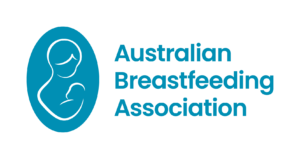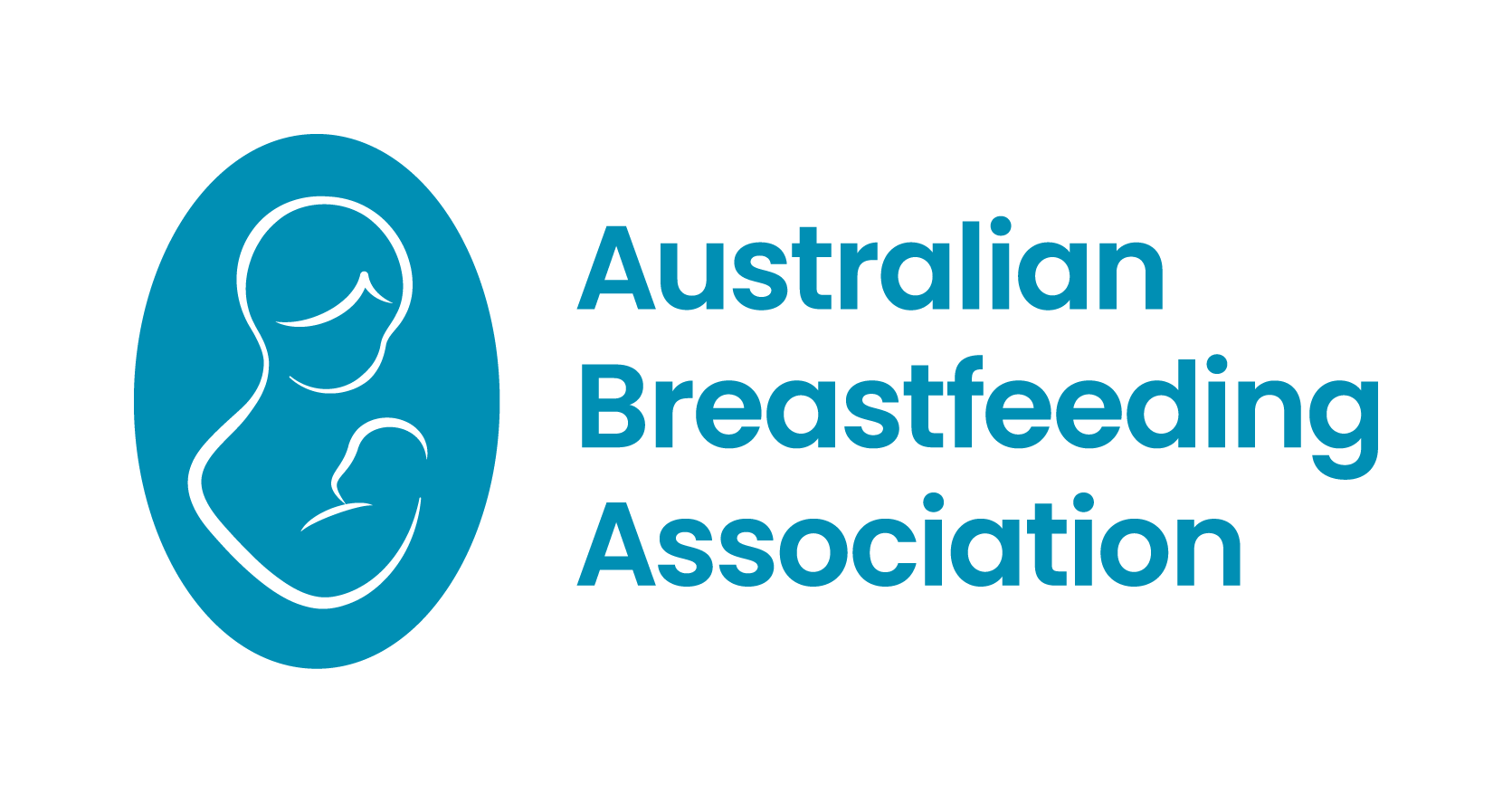Maternal high-dose DHA supplementation and neurodevelopment at 18-22 months of preterm children
Guillot, M., Synnes, A., Pronovost, E., Qureshi, M., Daboval, T., [...]
Guillot, M., Synnes, A., Pronovost, E., Qureshi, M., Daboval, T., [...]
This descriptive cross-sectional study analysed the relationship between feeding in infancy and cognitive performance in 37 school children between 5–6 years of age.
This study compared quantitative MRI findings between 44 predominantly human milk-fed and 24 predominantly formula-fed preterm infants. All infants were born at <32 weeks gestational age and <1500 g. They were classified as formula-fed or breastmilk-fed according to what composed the majority of their nutrition according to NICU records. Pasteurised donor milk was available to complement maternal milk if parents consented, until 34 weeks. At approximately term equivalent age, quantitative MRI was used to measure total and regional brain volume and to investigate white matter microstructure.
Terms of service
Contact ABA
Need help now?
Call our Breastfeeding Helpline

Acknowledgement of Country
The Australian Breastfeeding Association acknowledges the Traditional Owners of the lands known as Australia. We wish to pay our respects to their Elders past and present and acknowledge Aboriginal and Torres Strait Islander women who have breastfed their babies on Country for more than 60,000 years, and the partners, families and communities who support them.
ABN: 64005081523
The Australian Breastfeeding Association is a Registered Training Organisation
(RTO 21659) and receives funding from the Australian Government.
Quality Indicator Survey Results.
Copyright © Australian Breastfeeding Association | ABA receives funding from the Australian Government

